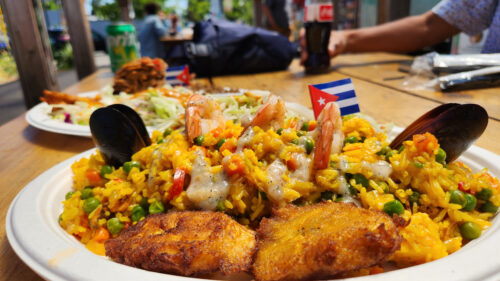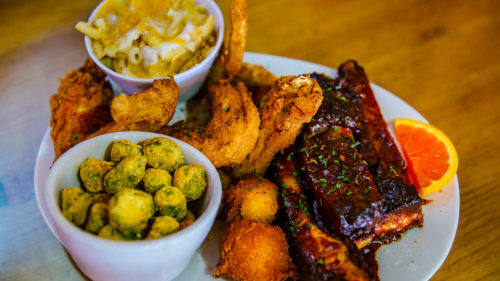Editor’s note: Face coverings (ages 5 and up) are required at all indoor public spaces statewide, regardless of vaccination status. Learn more here.
More than 30 years ago, Lisa and Andrew Uzunoe began making mochi for their congregation on New Year’s Eve in a small, red church on the eastern edge of Portland. Mochi, a traditional Japanese treat that dates back centuries, is impossibly soft and chewy and is a mainstay of Japanese culture, enjoyed both sweet and savory. It can be made in rainbow colors; coated in sesame or matcha powder; filled with red bean paste, strawberry cream or ice cream. It can be fried and dipped in soy sauce; and during New Years it’s added to a traditional soup called ozoni.
But it’s the ancient mochi technique that makes it special. The rice cake is made from sweet rice that’s pounded into stretchy dough using 3-foot-long mallets called kines, and each piece is hand-formed. (The process is often accompanied by taiko drumming in a festival or ceremony; look for info to come about Mochitsuki Portland 2022, the community’s annual Japanese New Year festival.)
While machines can do the work today, the Uzunoes still use the hand-pounding, hand-stretching, hand-rolling method for their family brand Bachan’s Mochi, named after the Japanese word for grandmother. Even with a tenfold-output increase decades later, their mochi is still very much a product of a community. Every second Saturday of the month, they sell it to the public by pre-order out of the Konko Church of Portland. It’s also available at the state’s largest Asian grocery store, Uwajimaya Beaverton, after 10 a.m. It only takes one taste to understand why the church’s treats have gained such a following: The mochi is impossibly soft and filled with just-sweet-enough bean paste.
Bachan’s Mochi is hardly the only crave-worthy sweet in Portland that’s inspired by family, community and tradition. Here’s where to find the Portland region’s best desserts from around the world, from pandan whoopie pies to puffy Somali bur and the perfect Cuban flan. Wherever you go, remember to be kind, patient and respectful toward frontline workers in the restaurant industry.
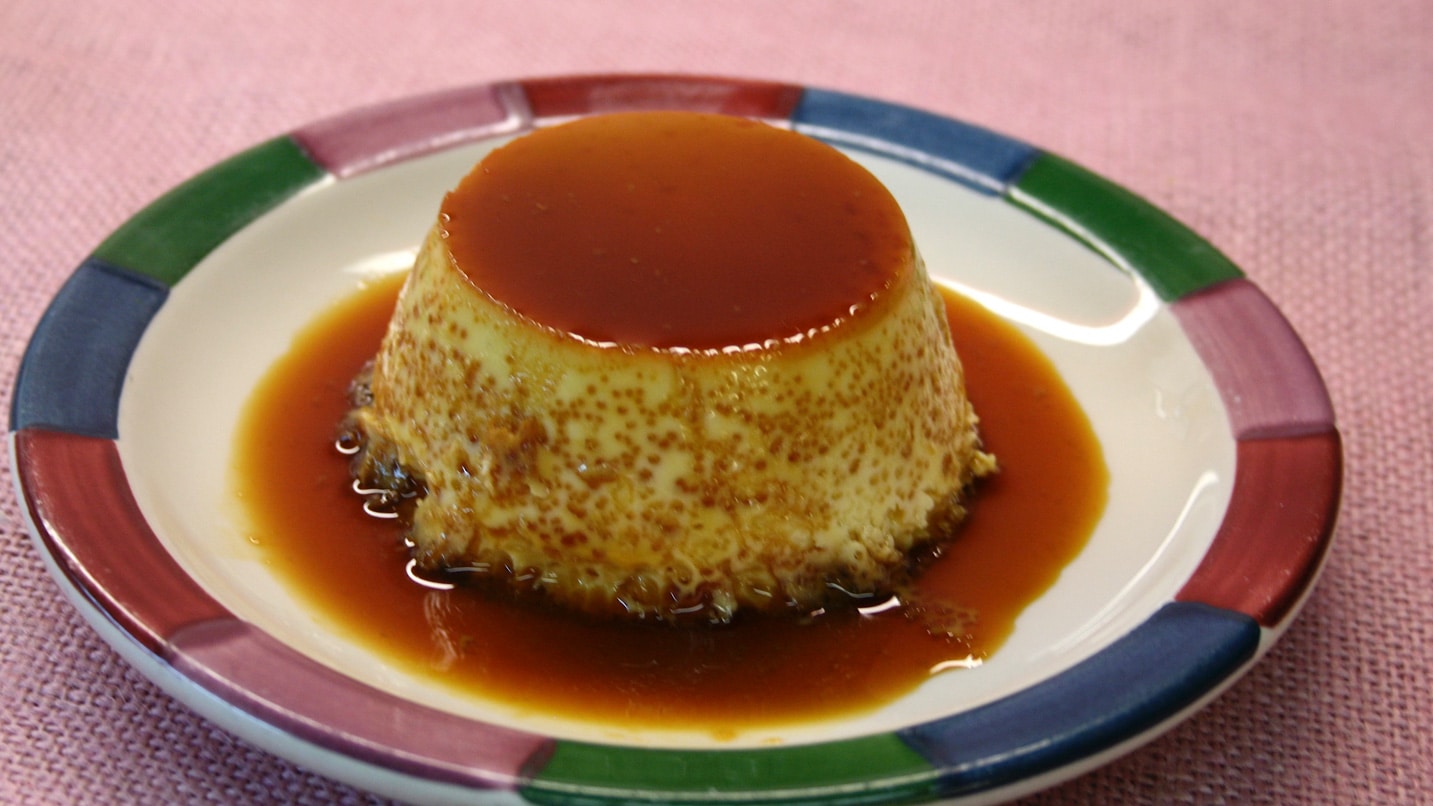
Flan at Pambiche
When John Maribona opened Pambiche in Northeast Portland in 2000, his goal was as simple as it was ambitious: Stick to Cuban food classics and aim for absolute perfection. There’s no better way to appreciate Maribona’s avowed traditionalism than with a bite of Pambiche’s flan. The recipe was written by Maribona’s grandmother, Ninfa Martin Maribona, and has been in the family for decades. Simultaneously light and rich, it’s the perfect balance of sticky caramel sauce and creamy custard.
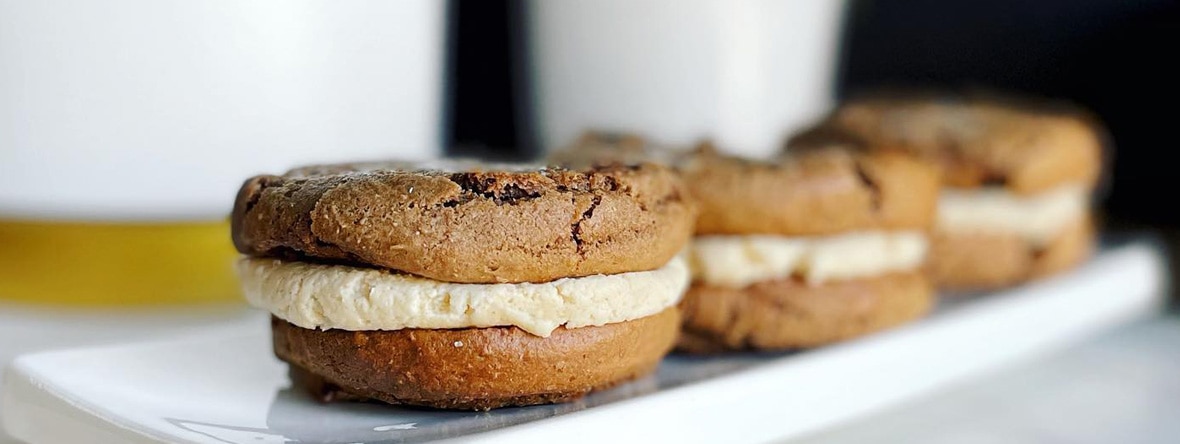
Pandan Whoopie Pies at Mama Dut
In just over a year, Vietnamese spot Mama Dut in Southeast Portland has become one of the most celebrated plant-based restaurants in the city. That’s thanks in part to the colorful confections made by baker Kachina Williams. Though they’re far from traditional, Williams’ recipes are often nods to her Black Filipino heritage and the Asian markets she visited with her mother as a child. Her pandan whoopie pies are particularly delightful. The soft, bright-green cookies sandwich rose frosting and are topped with rainbow sprinkles. The only thing more exciting than the whoopie pies’ appearance is their bright, floral taste.
Picarones at Andina
After almost two decades as a Portland institution, Andina, in the Pearl District, recently underwent some big changes. In early 2021, the Peruvian-food mecca hired a new executive chef, opened a street-food-focused sister restaurant and reoriented their menu around seasonal Andean crops. But even as it ushers in the new, Andina’s food remains deeply rooted in tradition. The dessert menu comprises fresh takes on Peruvian classics, including picarones, a dish created by Afro-Peruvians during the early colonial era. The doughnut-shaped fritters are made with a squash and sweet potato batter, and fried until crisp. At Andina they’re also spiced with anise and drizzled with warm carob syrup.
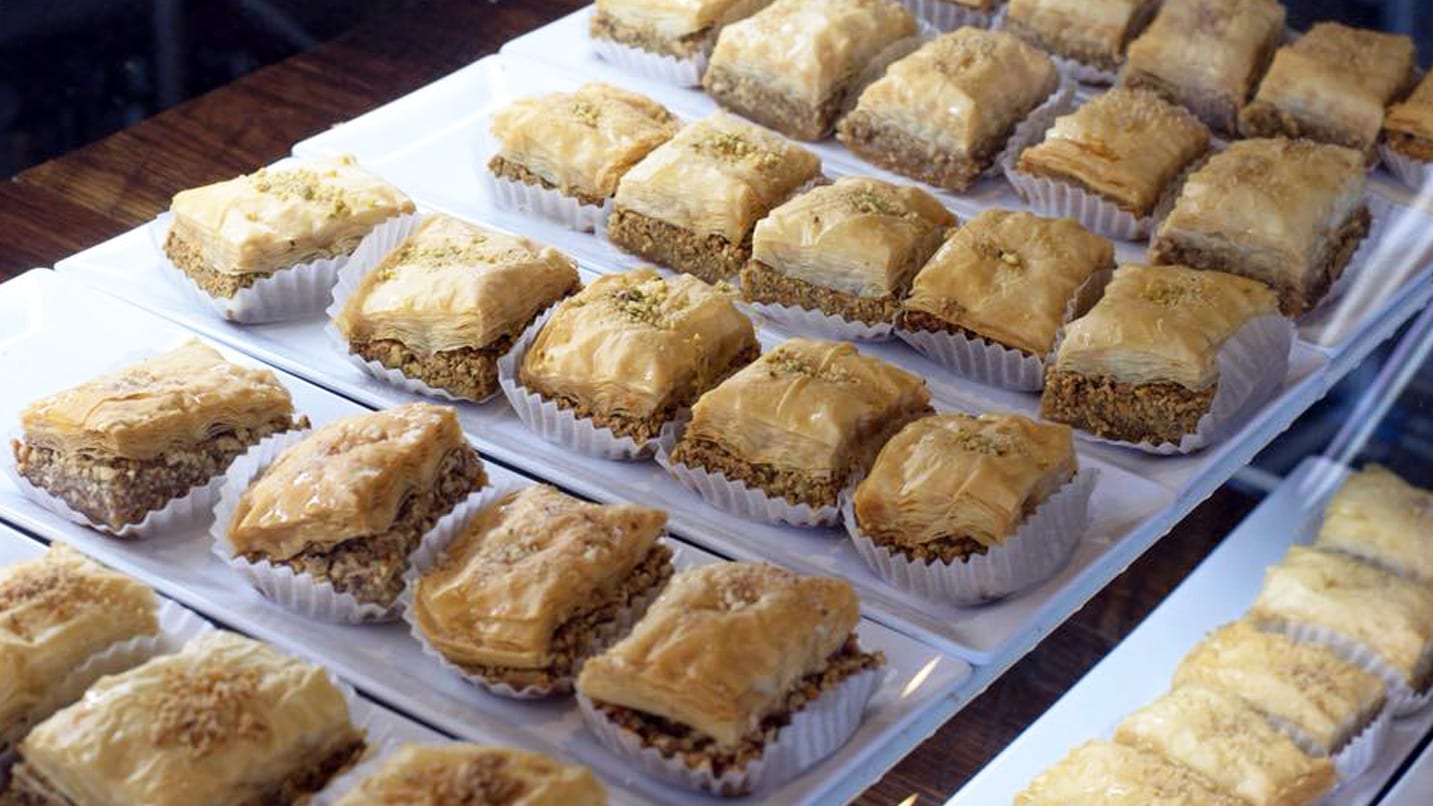
Hazelnut-Coconut Baklava at Karam Lebanese Deli & Catering
Family-owned Beaverton deli Karam has been serving up fresh mezza and Middle Eastern desserts since the 1980s. Karam offers a uniquely Oregon take on a Lebanese favorite: hazelnut baklava. Along with more traditional varieties, the deli makes baklava packed with local hazelnuts and toasted coconut. Soaked in Karam’s delicate rose-water syrup and piled high with thin layers of phyllo dough, it’s nutty, gooey, crunchy and totally irresistible.
Bur at Alleamin African Kitchen
Chef Khadro Abdi had a fan following long before she opened Alleamin African Kitchen. The Northeast Portland restaurant started out as a stand at farmers markets around the city, where neighbors lined up every week for Abdi’s crispy samosas, spicy sauces and aromatic stews. Abdi opened her first brick-and-mortar in 2020, where she continues to serve the Somali comfort-food staples she’s become known for, plus some new items. The only dessert on the menu (and the only one necessary) is bur: bite-size portions of sweet fried dough. It’s an ideal ending to the restaurant’s nourishing, hearty meals, though it’s impossible to eat just one.

